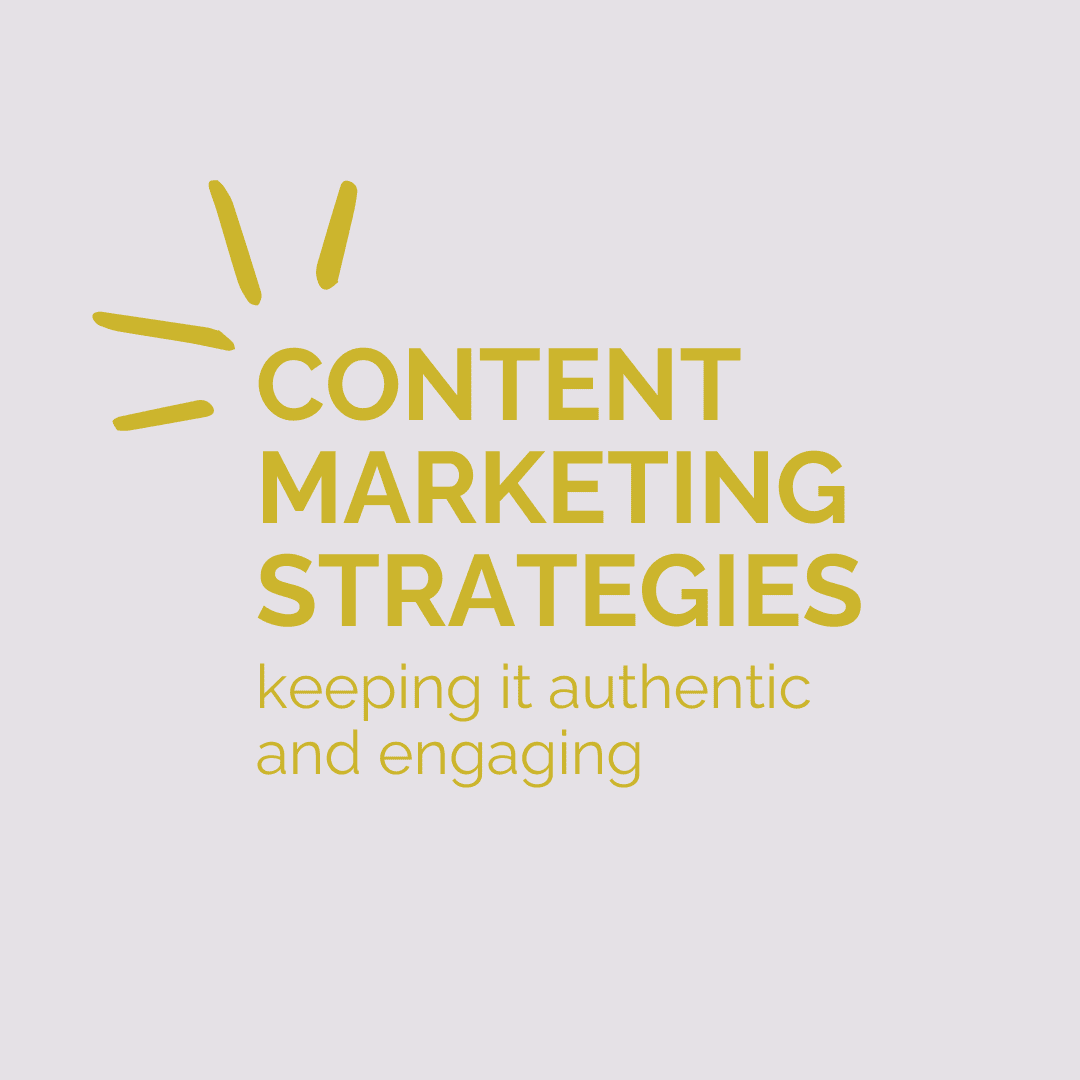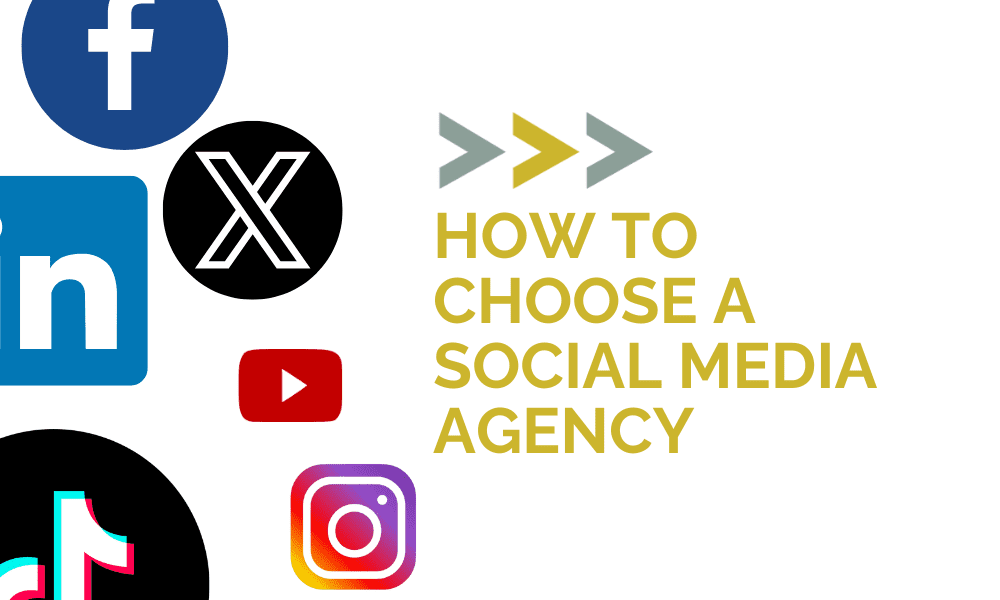On Thanksgiving Day 2018, the Minneapolis Star Tribune did the seemingly unthinkable: It distributed its largest print run ever.
Yes, you read that correctly. A newspaper produced its largest print run … in November of 2018.
The Tribune’s success supports a fact many people have dismissed for far too long. Print is very much alive and makes an excellent component to a strong advertising strategy.
Still not totally convinced? Read on for our ten reasons we think print is (and will continue to be) a viable marketing solution for your business.
#1 Print is trusted over digital.
Print advertising is still considered one of the most credible advertising mediums. According to a 2017 post by PRNewswire:
- 82% trust print ads (newspaper, magazines)
- 80% trust TV ads
- 25% trust online pop-ups.

# 2 We are neurologically wired to prefer print and there’s science to prove it.
A Temple University study conducted on behalf of the United States Postal Service Office of Inspector General (OIG) revealed that our attention spans, focus, memory and retrieval, plus all sorts of other brainy functions, perform better when print material is put before us.
#3 Print is interactive.
Print naturally creates engagement because you physically have to hold a paper or magazine, turn the pages, clip coupons, etc. It also encourages conversation. Think about times you’ve discussed an article or did a crossword puzzle with a family member or friend. Was that interaction more memorable and meaningful than if you would have shared via a text or email? Odds are, yes.
As in many circumstances, face-to-face interaction is a more valuable form of communication.
#4 Print keeps us focused.
We tend to recall information when we are focusing on one thing only, which is precisely what a print ad can do for you. Think about how many messages, ads, posts, videos, GIFs, memes and other content you look at simultaneously from your mobile device. With print, your brain has the luxury of focusing on one item at a time.
#5 Print anchors a solid advertising cycle.
A consumer’s recognition of an ad on, say, Instagram, is much higher if they’ve already seen the same or similar ad in a print format. Part of this is because, over time, we often become blind to digital ads, pop-ups and boosted content. It’s our brain’s natural way of saying, “I’ve had enough of all this digital noise” and “That ad is not relevant to me so it will go unnoticed.”
As xero.com’s Jeannie Ruesch puts it: “Print ads will be more effective if they are a complement to your digital campaigns already in play and entice readers to interact with your brand online.”
#6 Print ads last longer.
This might be an obvious one, but print magazines, newspapers, newsletters, brochures, etc., tend to stick around a lot longer on coffee tables and in waiting rooms than any blog, digital ad or Instagram post ever will.
#7 It’s far less annoying than a pop-up.
Ever get the same pop-up ad served to you while you’re scrolling Facebook? Yeah, we think it’s that annoying, too.
#8 It’s cost-effective.
When you think in terms of ROI, an Instagram moment or post doesn’t stand a chance against a print ad. Sure, running a sponsored post on Facebook or Instagram seems cheap. However, in the long-term, you’re sometimes going to spend more because you have to change your messaging and artwork more frequently online. With print, there is more permanence in what you say, how you look and what action you want your audience to take.
#9 It’s artistically pleasing … if you care about that kind of thing.
As Roger Dooley from Neuromarketing says: “If I’m browsing fine home furnishings or custom shirts, a large-format catalog will provide an experience that is more enjoyable and useful. Big, beautiful magazines like Condé Nast Traveler or Wine Spectator provide a more relaxed and luxurious way to explore both content and upscale products.”
#10 Flipping pages is fun and ink smells good.
Okay, this might be the writer’s bias here, but there’s nothing better than sitting down with a cup of coffee and an inky-fresh newspaper, magazine or book. It’s interactive and relaxing, unlike many digital experiences that make you feel like you’re standing amidst the evening rush hour in Times Square. Sometimes slowing down is good!
As we’ve mentioned and will continue to reiterate: print and other traditional advertising mediums are certainly not relics of marketing’s past. Advertising in magazines and newspapers is as relevant as ever, and a great addition to your next marketing plan.



